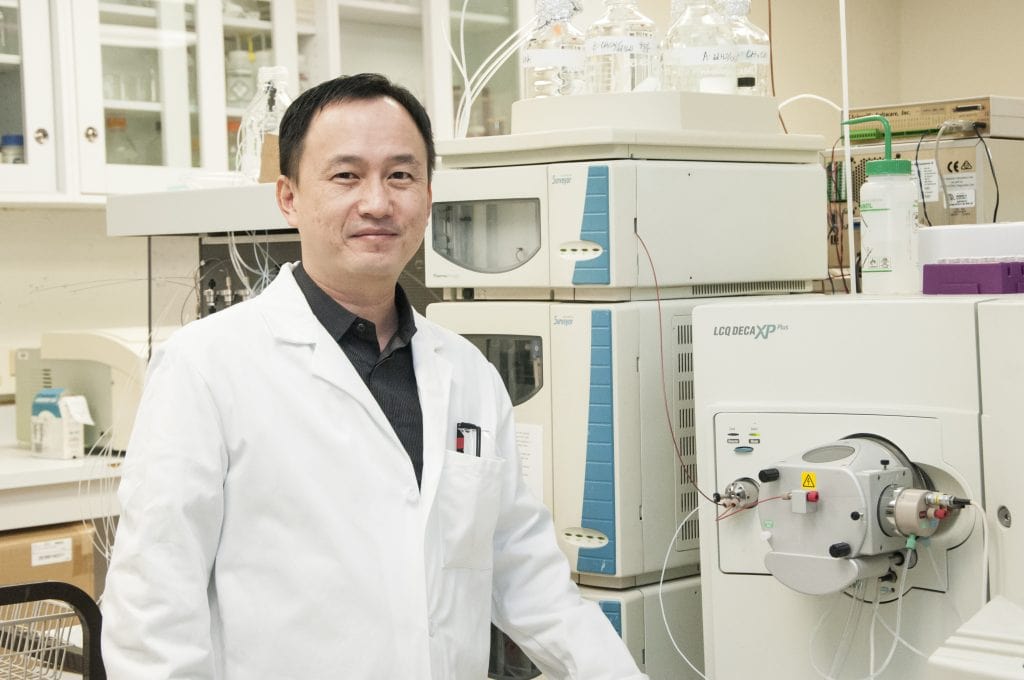Professor Clay C.C. Wang’s research on Chernobyl fungi — a collaboration with research scientists at NASA’s Jet Propulsion Laboratory — was recently featured in STAT.
On Aug. 26, the Dragon space capsule dropped into the Pacific Ocean somewhere off the coast of Baja California, Mexico. Onboard were payloads containing fungi that had now grown in two of the most extreme conditions known to man: outer space and the Chernobyl Atomic Energy Station.
These fungi are radiation resistant. Thirty years ago, they survived when a routine test led to an explosion that blasted radioactive material throughout northern Ukraine. By sending these fungi to the International Space Station, Kasthuri Venkateswaran, a research scientist at NASA’s Jet Propulsion Lab, and Clay Wang, a professor at the USC School of Pharmacy, have tried to push them to adapt again.
The day the capsule landed, Venkateswaran and Wang made the hour-long drive to Long Beach, Calif., to pick up the samples, loading the cylindrical tubes of fungi into coolers. Back in the lab, Venkateswaran and Wang have spent the past month studying how the trip changed the fungi. Their goal is to use these impressively resilient organisms to point the way to drugs that could impart similar resilience to humans, such as those getting cancer treatment. But to repurpose a different space metaphor, it’s one small step.


